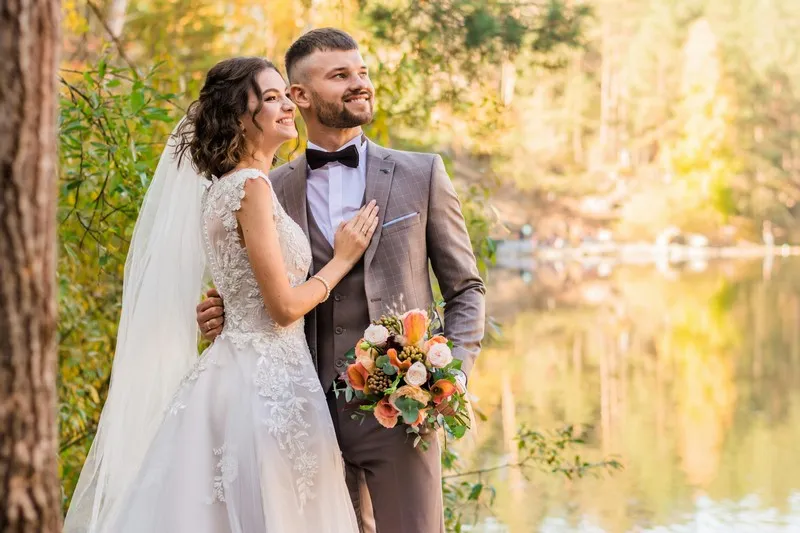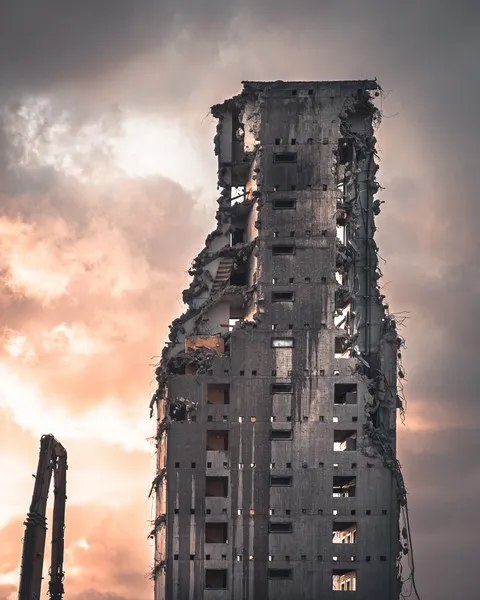Table of Contents
- Historical Perspectives on Brides
- Cultural Variations in Bridal Roles
- Contemporary Challenges for Brides
- The Role of Brides in Social Change
- Conclusion
Marriage is a fundamental institution across societies, encompassing a wide array of cultural, religious, economic, and social dimensions. Within this institution, the role and status of brides are particularly significant. This paper aims to provide a comprehensive sociological examination of brides, exploring their roles, expectations, and the social structures that influence their experiences. We will delve into historical perspectives, cultural variations, and contemporary challenges faced by brides, providing a nuanced understanding suitable for an undergraduate audience.
Historical Perspectives on Brides
The Evolution of Bridal Roles
Historically, the role of brides has evolved significantly, influenced by changes in social, economic, and political landscapes. In many traditional societies, brides were often seen as commodities or pawns in family alliances. Marriages were arranged to strengthen familial ties, secure economic benefits, or enhance social status. Brides had little agency in choosing their partners, and their primary roles were often confined to domestic spheres, focusing on childbearing and household management.
The Impact of Industrialization
The advent of industrialization brought about significant changes in the institution of marriage and the role of brides. As economic production shifted from agrarian to industrial settings, family structures transformed. The notion of romantic love began to gain prominence, and marriages increasingly became based on mutual affection rather than economic necessity. This shift allowed brides more autonomy in selecting their partners and greater opportunities for personal fulfillment within marriage.
Cultural Variations in Bridal Roles
Western Contexts
In Western societies, the role of brides is often shaped by individualistic values and the emphasis on romantic love. Weddings are typically celebrated as personal milestones, with significant attention given to the bride’s appearance, dress, and overall presentation. The concept of the “white wedding,” popularized by Queen Victoria in the 19th century, continues to influence bridal traditions, symbolizing purity and new beginnings. Brides in Western contexts are often expected to balance traditional roles with modern aspirations, navigating the expectations of career, family, and personal growth.
Non-Western Contexts
In contrast, non-Western societies exhibit diverse bridal practices shaped by cultural, religious, and communal values. For instance, in many South Asian cultures, weddings are grand, multi-day events involving intricate rituals and ceremonies. Brides often wear elaborate attire, such as saris or lehengas, and are adorned with intricate jewelry. The role of the bride extends beyond the individual, emphasizing familial honor and community bonds. Similarly, in African cultures, bridal customs may involve symbolic rites of passage, emphasizing the bride’s integration into her husband’s family and community.
Indigenous Practices
Indigenous communities around the world also have unique bridal traditions that reflect their cultural heritage and social structures. For example, among the Maasai of East Africa, marriage involves elaborate ceremonies where the bride’s family negotiates a bride price with the groom’s family, signifying the bride’s value and the union of the two families. In Native American cultures, marriage ceremonies often incorporate spiritual elements and communal participation, underscoring the interconnectedness of the community and the sanctity of the union.
Contemporary Challenges for Brides
Get the full article AD FREE. Join now for full access to all premium articles.
View Plans & Subscribe Already a member? Log in.





